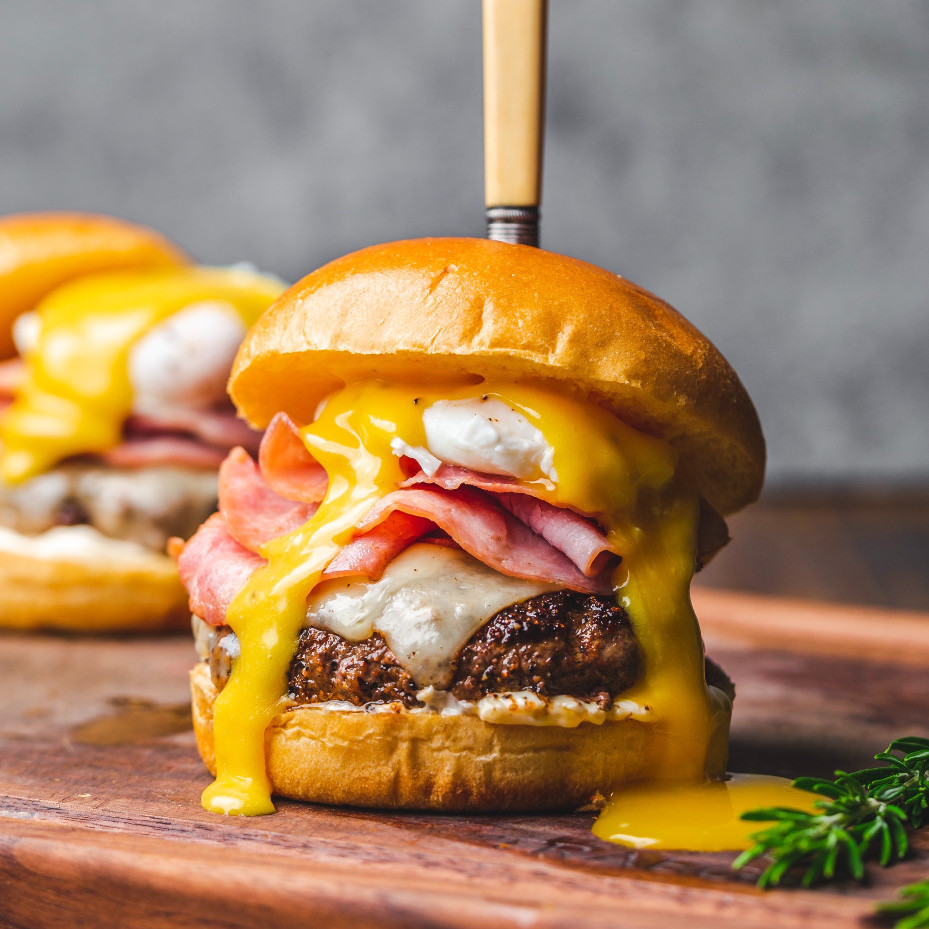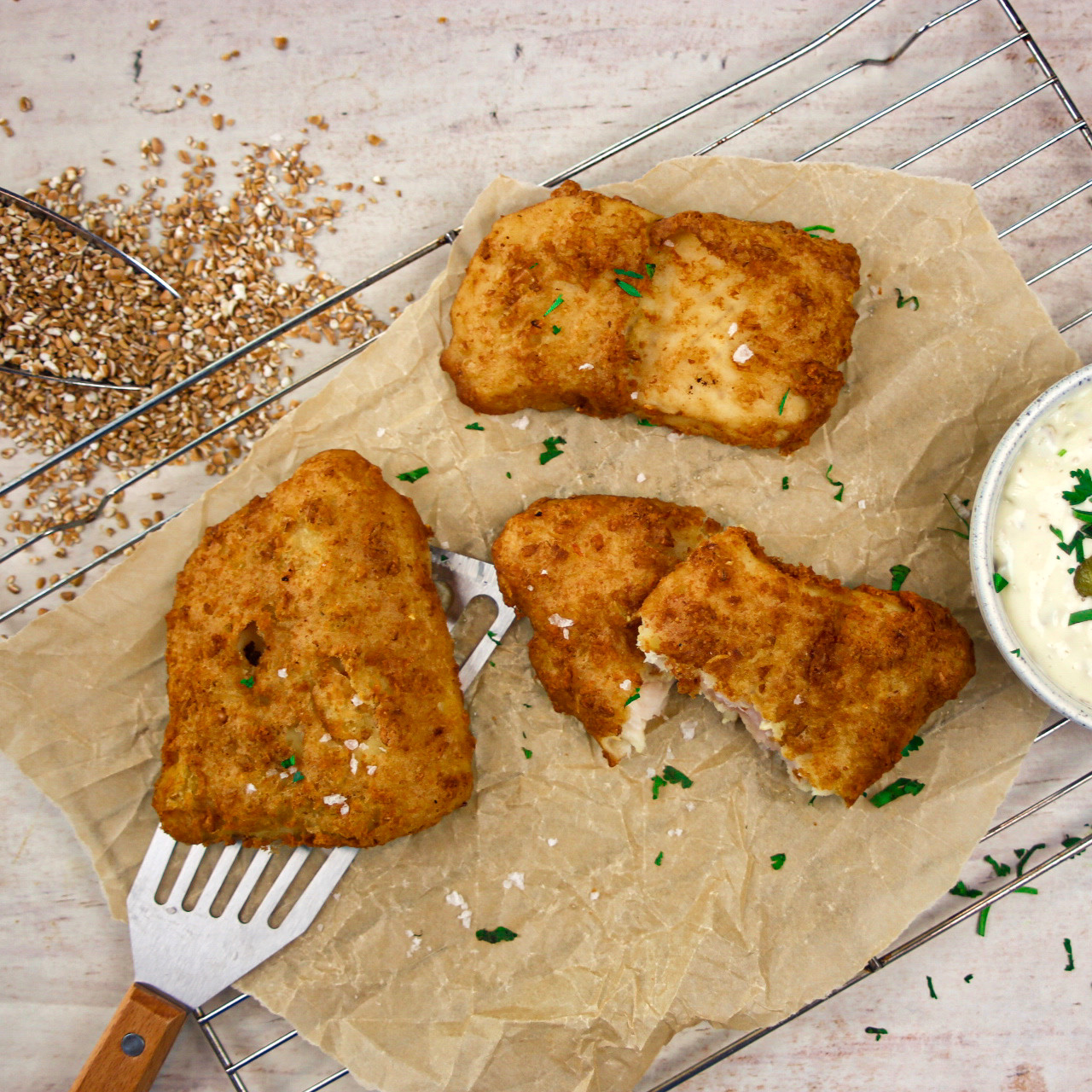- /
- Blog
- /
- The History of Fish and Chips
Is there anything more quintessentially British than fish and chips? Despite a fighting challenge from chicken tikka masala, it’s fair to say it still holds the title of our national dish. In fact, according to data from The National Federation of Fish Friers in 2021, Brits munch their way through a whopping 167 million portions of fish and chips from chip shops every year!
Let’s take a look at where it all began – and how the humble chippy and its most beloved combo is faring today…
The origins of fish and chips
Fried fish and fried potatoes may seem like an obvious combination to us today, but the two components gained popularity individually some time before they came together in beautiful harmony.
Fish
Battered fish originated with Sephardic Jews who in the 15th century fled first Spain when the Spanish Inquisition outlawed Judaism, and then neighbouring Portugal when the king’s new Spanish wife expelled all Jews from the country in 1496. Many settled in England, bringing with them their practice of preparing additional food on a Friday so that they wouldn’t have to cook on the Saturday sabbath. Coating and frying white fish in a flour batter was an effective way of preserving and sealing in flavours so it could still be enjoyed cold the next day.
Immigrants soon began selling the fried fish which became a huge hit outside of the Jewish community too. Thomas Jefferson famously referred to “fried fish in the Jewish fashion” following his visit to England. By 1837 we know that there were “fried fish warehouses” in London as they are referred to by Charles Dickens in Oliver twist. The accompaniments to the fish however would have been bread or a baked potato.
Chips
Whether the French or the Belgians originally created fries is matter still up for debate, but what we do know is that chips also came over to these shores with immigrants, this time with French Calvinists fleeing forced conversion to Catholicism under Louis’s rule. Thousands settled in England, particularly in London. A Belgian immigrant, Edward De Gernier, is credited with bringing the chip to Scotland in the 1870s, doing a roaring trade with his version of a Belgian frites stall in Dundee’s Greenmarket.
However, a Mrs “Granny” Duce, a tripe seller in the West Riding of Yorkshire is claimed to have been the very first to sell chips in the UK, as early as 1854. Not much later, we know chips had also made their way to the streets of London, with a reference in Charles Dickens’ 1859 novel “A Tale of Two Cities,” to “husky chips of potatoes, fried with reluctant drops of oil.”
Contenders for the title
So, both foodstuffs rose to popularity on their own – but who was the first genius to bring the two together? There are two contenders for the title, one from the north and one from the south.
In the northern corner we have a Mr John Lees of Mossely near Oldham whose wooden hut in the market was emblazoned with the words: “This is the first fish and chip shop in the world”. We know that his business was well established by 1863 though the exact opening date is unclear. In the southern corner we have young Jewish immigrant Joseph Malin whose family ran a shop selling fried potato within the sound of Bow Bells in around 1860. He convinced them to add fried fish to the menu – and the rest is history.
As for who was really first… well, that depends on where you live!
Boom time
While all who tried this winning combination knew they were onto something, two key factors are credited with helping fish and chips go nationwide. The first was the advent of the steam powered trawler in the 1880s, enabling commercial fishing on an industrial scale and bringing prices down. The second was the steam railway with its extensive new lines, allowing those increased volumes of cheap fish to be transported quickly and easily around the country.
From the later part of the 1800s, the fish and chip trade flourished, providing affordable, hot and nutritious meals for industrial workers all over the country, from the textile mills of the north to the factories of London. Fish and chip shops became commonplace, with an estimated 35,000 across the UK by 1930 – many simply run from the front room of the house.
The War Years
If fish and chips weren’t already part of the British identity, then they certainly became so now. Deemed an essential and a morale booster to the British people, the meal was protected from rationing during both WW1 and WW2, with Prime Minister Winston Churchill famously referring to fish and chips as ‘good companions’. In ‘The Road to Wigan Pier’, George Orwell wrote that fish and chips “averted revolution”.
Fish and chips were cooked up in special catering tents to feed the Territorial Army preparing for battle in camps in the 1930’s. And reportedly, during the ‘D’ Day landings on Normandy beaches, British soldiers would cry out to each other by calling out ‘fish’ with the identifying response being – of course – ‘chips’.
Not just a takeaway

Traditionally wrapped in newspaper to be taken home or eaten on the go, fish and chips took a jump upmarket with the introduction of the first fish and chip restaurant. Samual Isaacs opened the very first one in London in 1896, selling fish and chips with bread and butter and a cup of tea for nine pence. It made a dining experience complete with tablecloths, carpets, china and table service accessible to the working class for the first time, and it proved extremely popular, expanding into a successful chain. Harry Ramsden’s didn’t come onto the scene until 1928, evolving from Harry’s first fish and chips hut in Guisely, West Yorkshire. He took the grandeur a step further, with chandeliers!
The great sauce and sides debate

Undoubtedly, salt and malt vinegar is the classic seasoning for fish and chips – but what else should go with this famous dish? Mushy peas are loved across the land, but gravy is a northern thing. Curry sauce has long been popular, and now baked beans can also be found on most chippy menus too. Ketchup now goes with everything, and sometimes, true to fries’ Belgian roots, mayo, though purists may prefer tartare sauce. In Scotland it’s ‘salt and sauce’ – the sauce in question being brown. Pickles on the side are popular in some places, be it pickled onions, gherkins or a pickled egg! A good chippy might even throw you in some batter ‘scraps’ for free – if you’re lucky!
Today
Today’s food landscape is dramatically different to the boom period for fish and chips in the 1930s. Yet even in today’s age of being able to order whatever you want, whenever you want it, and access to cuisines from all around the globe, there’s no disputing the popularity of fish and chips in the UK today – it’s a Great British institution!

The demand for fish and chips has wavered only a little, with around 10,500 businesses still frying today, many of which are family-owned independents and important hubs for small communities. Together they account for 10% of the UK’s potato crop, 30% of all white fish sold in the UK and a turnover of around £1.2 billion each year (National Federation of Fish Friers).
In 2012 Mintel found that Fish and Chips was still the nation’s favourite takeaway though with only a small lead over Chinese and Indian cuisine. Our own research conducted a decade later in 2022 confirmed a slight slip, revealing Fish and Chips to be the second most popular takeaway in the UK overall, though still the most popular amongst 55+ year olds.


Diners can now get their ‘chippy tea’ delivered by Just Eat or Deliveroo, although they won’t be wrapped in newspaper without at least a sheet of greaseproof in between to avoid contact with the newspaper ink – this was deemed unsafe in the 80s. Cod and haddock have long been the fish of choice for battering and frying, yet more sustainable pollock is starting to be seen on menus as the other species become both scarcer and more expensive. Some chippies offer gluten free batter coatings and separate deep fat fryers to serve the growing gluten free market.
Dine-in fish and chip restaurants are still popular today, especially by the sea, but we mustn’t forget that there are few pub and hotel menus around the country that don’t offer fish and chips on the menu alongside everything else as it’s a guaranteed seller. Oven ready options from the freezer aisle mean it’s a meal that’s also quick and easy to replicate at home – although fish in breadcrumbs is a contender for battered fish in the at-home market.
And while many of us are watching what we eat, the humble chippy tea doesn’t fare too badly calorie-wise versus other more calorific takeaway options, making it a justifiable treat. According to research by Seafish, a fish and chip dinner weighs in at fewer calories and lower fat than a pizza, a chicken korma or a donner kebab, plus of course you’re getting one of your two weekly recommended portions of fish.
Long live the chippy tea!








